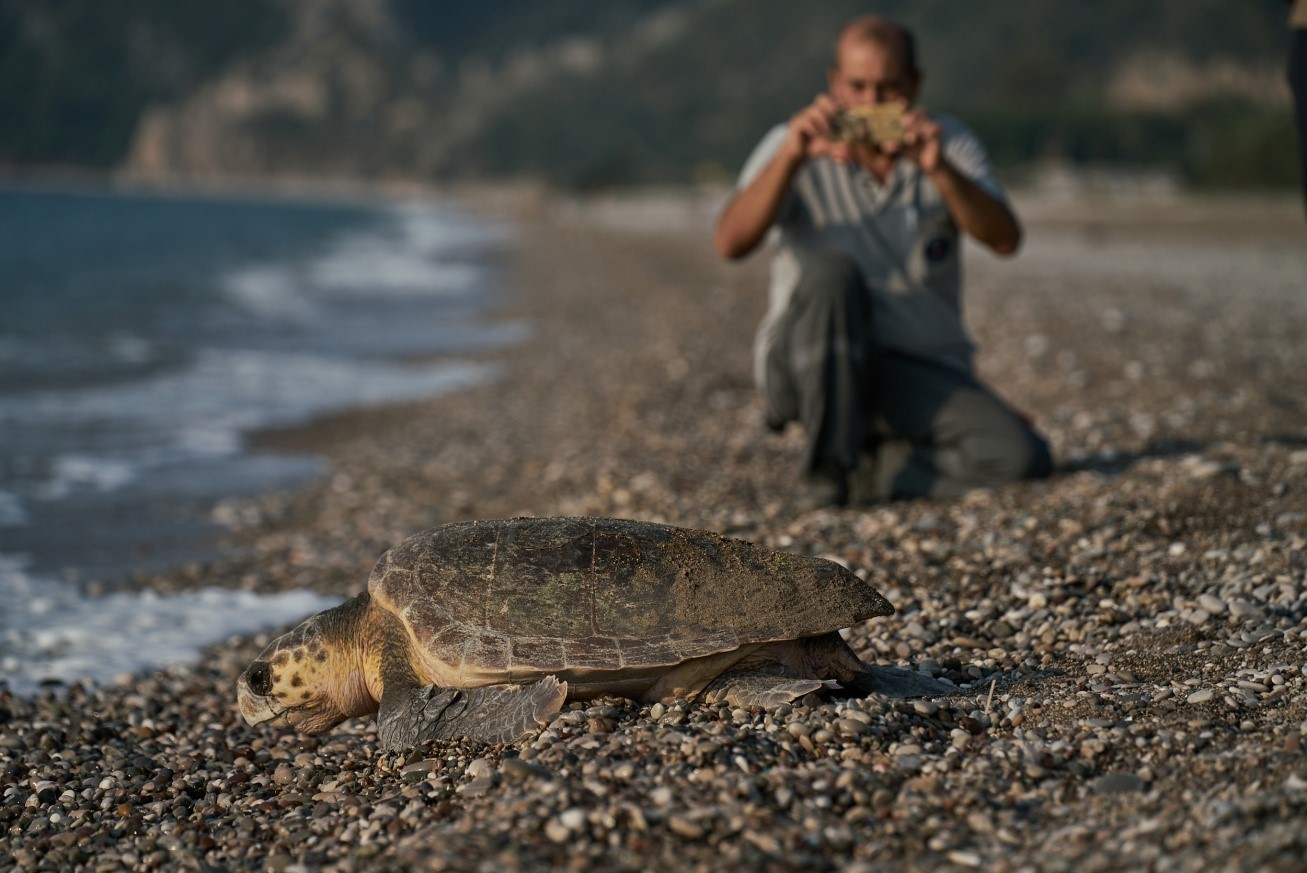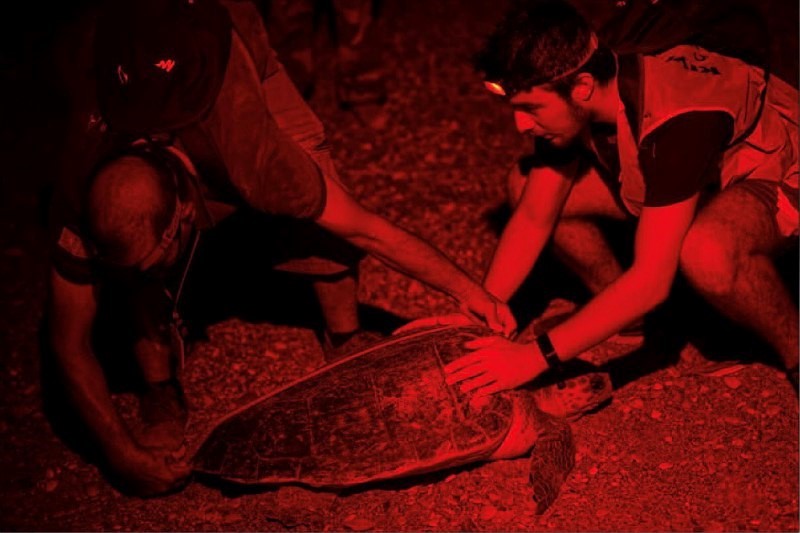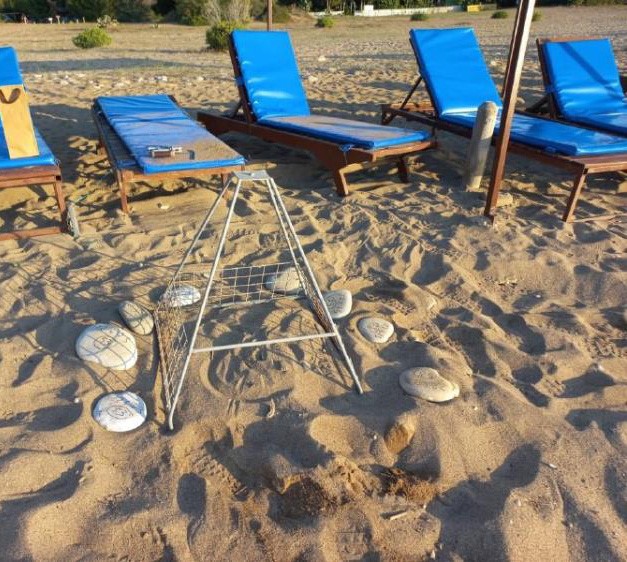
Cirali Beach in Antalya's Kemer district is witnessing a surge in sea turtle nesting activity. This year, the beach has already recorded 106 nests, surpassing last year's numbers. Conservation efforts since 1994 have played a vital role in protecting these endangered creatures. The beach even holds the record for the most nests documented in a single year, with 152 nests observed in 2018.
Habib Altinkaya, head of Ulupinar Environmental Conservation Development and Operation Cooperative anticipates surpassing this milestone, potentially setting a 30-year record this season.
The nesting season for endangered species like Caretta caretta and Chelonia mydas continues along Türkiye's Mediterranean coast, with Cirali Beach being one of the 22 nesting areas in the country.
Strict regulations are in place from 9 p.m. to 6 a.m., prohibiting beach access, swimming, camping, fires, and noise to protect nesting turtles.

For 27 years, volunteers like Mustafa Ilgaz have monitored and protected Caretta caretta nests and hatchlings at Cirali Beach, covering its 3.2-kilometer shoreline daily.
Their efforts include identifying nests, placing protective cages, and documenting tracks, crucial for conservation.
Altinkaya highlighted ongoing efforts by the Ulupinar Cooperative, supported by local authorities and volunteers, to enforce protective measures and monitor nesting activities.
With 106 nests identified this season, surpassing last year's 105 nests, expectations are high to break the 2018 record of 152 nests, reflecting growing public awareness and conservation efforts.

Caretta caretta, commonly known as the loggerhead sea turtle, inhabits temperate waters of the Atlantic, Pacific, and Indian Oceans. They are primarily found nesting along Türkiye's Mediterranean coast, with significant nesting sites in Adana's Yumurtalik district, Belek, Anamur, Koycegiz, and Dalyan.
These turtles only come ashore to nest, burying their eggs in sandy nests they dig at night.
Hatchlings emerge after a two-month incubation period, guided by moonlight, to reach the sea. The species faces threats from habitat loss, climate change affecting nesting temperatures and human activities.
As one of the oldest living reptiles, loggerheads have survived millions of years, adapting to oceanic life and natural challenges.
However, continued conservation efforts are crucial to their survival as they navigate modern threats.